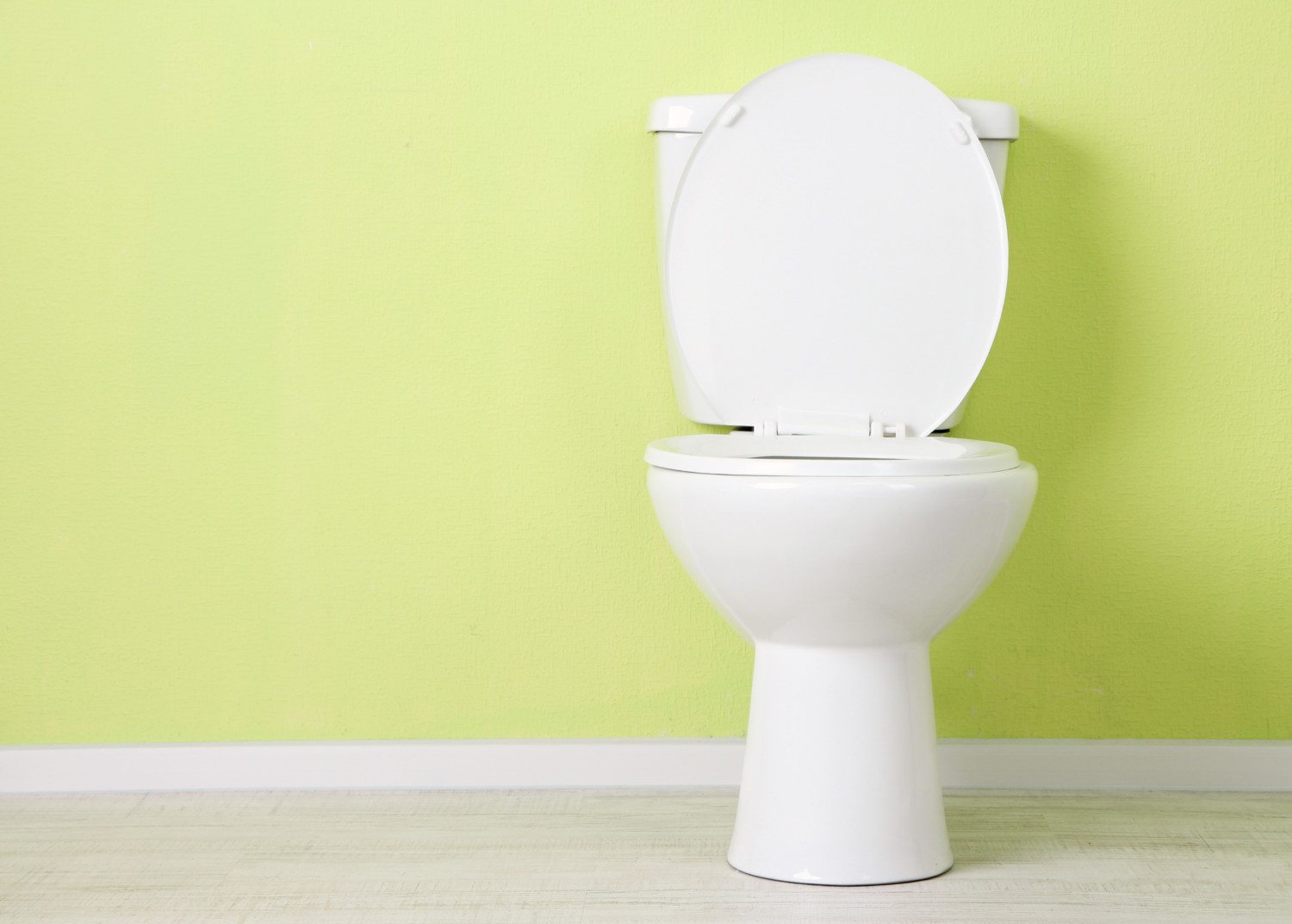What the color and scent of your urine might be telling you about your overall health

What might convince little kids to eat their asparagus? Promises that their pee will smell funny later. They can’t resist testing the theory, all the while blissfully ignorant that they’re also checking off a serving of their daily vegetable requirements.
Even Benjamin Franklin found the odd odor something to write about. According to a report on the National Institutes of Health (NIH) website, Franklin noted that, “a few stems of asparagus eaten shall give our urine a disagreeable odor.” However, while some say their urine smells like sulfur or cooked cabbage after eating asparagus, others don’t notice the distinct scent, and their urine may not even produce it.
Dr. Tracy Marien, a urologist with Sharp Rees-Stealy Medical Group in San Diego, says that for the average person, there is no reason to pay close attention to your urine’s odor or color. However, some changes in color, scent or consistency might warrant further evaluation.
“One of the more common causes for change in urine color or odor is usually related to patients drinking too little fluid,” she says. “This can lead to darker-colored, more pungent-smelling urine.”
Your urine should normally have no odor or a mild ammonia scent and be pale yellow or gold in color. You can achieve this hue if you consume plenty of water — roughly eight (8-ounce) glasses each day or more with exercise or other sweat-inducing activities — and are generally healthy. The average person should also urinate at least five times per day, depending on how much liquid you consume.
Pregnant women may report a strong scent to their urine due to a pregnancy hormone. This is normal and not cause for concern. Some vitamins and medications might also change the color or odor of urine, especially vitamin B2, antibiotics, anesthetics or allergy medication.
However, there are other changes in your urine that might be a sign of illness. “It is important to recognize when to seek medical care,” says Dr. Marien. “Blood in the urine, foamy urine or bubbles in the urine are never normal.”
Dr. Marien notes signs to watch for:
- A red or pink color in your urine might be caused by certain foods, such as beets or blackberries, but could also indicate the presence of blood, which can be a sign of a urinary tract infection (UTI); kidney disease, malignancy or stones; prostate problems in men; or other pathologic conditions.
- Burning with urination and the urge to urinate very frequently are other symptoms of UTI.
- Foamy or frothy urine might mean there is protein in the urine, which could signal a kidney disorder.
- For someone with diabetes or liver disease, a sweet smell or orange- or brown-tinged urine may indicate poor control of the disease process.
- Air bubbles in the urine are associated with an abnormal communication between the bladder and your bowel, which can occur with certain conditions, such as diverticulitis.
Talk to your doctor if you have concerns about the odor or appearance of your urine, especially if you are certain it is unrelated to common and harmless causes, such as asparagus consumption or a new medication. This is especially true if the changes last more than 12 hours or are accompanied by nausea, vomiting, bloating or confusion.
Originally published on Sharp Health News.





